
Results of the North American Holcim Awards
After the announcement of the European round of the Holcim Awards, projects were awarded in the North American round. The North American Holcim Awards competition for Sustainable Construction was held last Thursday in Montreal, where a total of $270,000 was distributed among the authors of the best projects.
We have covered the European awards in more detail, so you can read more information about the Holcim Awards here.
The Gold Prize was awarded to the Solar 2 Green Energy building, a cultural and educational center in New York, designed by a team led by architect Christopher J Collins. Upon completion, this building will become the first building in New York whose energy consumption will be covered solely by renewable sources. The construction is located on a "brownfield" site and can illustrate approaches to designing similar eco-friendly buildings in the future.
The Silver Prize was received by a facility serving as a waiting area for migrant workers in San Francisco. The flexible building, which includes a shelter, benches, washrooms, and food preparation facilities, was designed by Liz Obgu from the nonprofit organization Public Architecture.
The Bronze Prize was accepted by John Gunn from Laurentian University for the zero house, which will house a research center for the restoration of the ecosystem in the city of Sudbury in northeastern Ontario.
Honorable Mentions were awarded to three projects: the revitalization of a former brick factory in Toronto by David Stonehouse, an eco-friendly school design in North Vancouver by the Larry McFarland Architects team, and an intriguing beehive project for Detroit by architect Stéphane Orsolini and engineer Erika Mayr from Berlin.
At the North American round, the "Next Generation" awards for the visions of young architects and designers were also an interesting highlight. The main prize went to architect Nero Oxman and engineer John Hart for their research on facade systems utilizing insect-inspired nanofibers. The project to increase the population density of Toronto by utilizing empty spaces in its urban structure by the Beijing duo Chenlong Wang and Lingchen Liu received the second prize. Equally visionary is the third awarded project by Andrew Lantz - in his project for a sports, cultural, and residential center, he proposes to harness kinetic energy for its operation, for example, from exercise machines.
For more information about the Holcim Awards, please visit www.holcimfoundation.org.
We have covered the European awards in more detail, so you can read more information about the Holcim Awards here.
The Gold Prize was awarded to the Solar 2 Green Energy building, a cultural and educational center in New York, designed by a team led by architect Christopher J Collins. Upon completion, this building will become the first building in New York whose energy consumption will be covered solely by renewable sources. The construction is located on a "brownfield" site and can illustrate approaches to designing similar eco-friendly buildings in the future.
The Silver Prize was received by a facility serving as a waiting area for migrant workers in San Francisco. The flexible building, which includes a shelter, benches, washrooms, and food preparation facilities, was designed by Liz Obgu from the nonprofit organization Public Architecture.
The Bronze Prize was accepted by John Gunn from Laurentian University for the zero house, which will house a research center for the restoration of the ecosystem in the city of Sudbury in northeastern Ontario.
Honorable Mentions were awarded to three projects: the revitalization of a former brick factory in Toronto by David Stonehouse, an eco-friendly school design in North Vancouver by the Larry McFarland Architects team, and an intriguing beehive project for Detroit by architect Stéphane Orsolini and engineer Erika Mayr from Berlin.
At the North American round, the "Next Generation" awards for the visions of young architects and designers were also an interesting highlight. The main prize went to architect Nero Oxman and engineer John Hart for their research on facade systems utilizing insect-inspired nanofibers. The project to increase the population density of Toronto by utilizing empty spaces in its urban structure by the Beijing duo Chenlong Wang and Lingchen Liu received the second prize. Equally visionary is the third awarded project by Andrew Lantz - in his project for a sports, cultural, and residential center, he proposes to harness kinetic energy for its operation, for example, from exercise machines.
For more information about the Holcim Awards, please visit www.holcimfoundation.org.
The English translation is powered by AI tool. Switch to Czech to view the original text source.
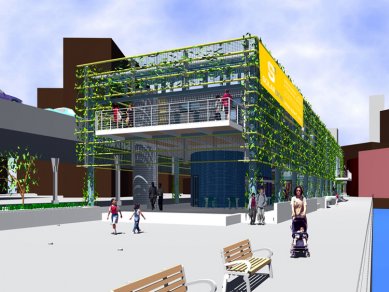
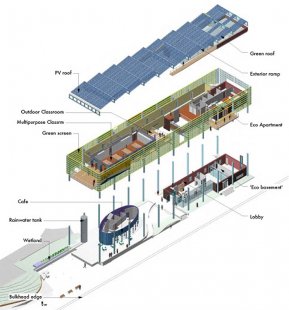
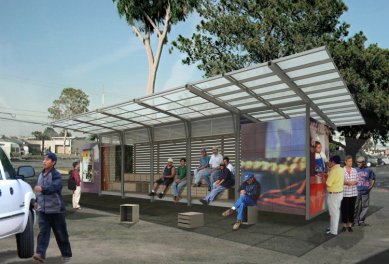
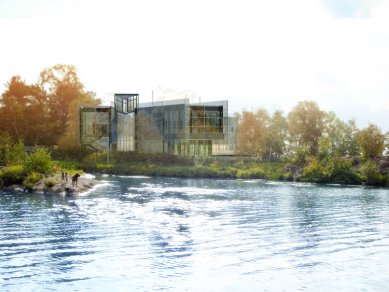
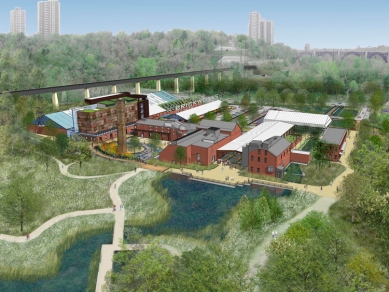
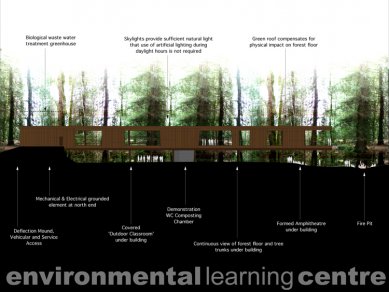
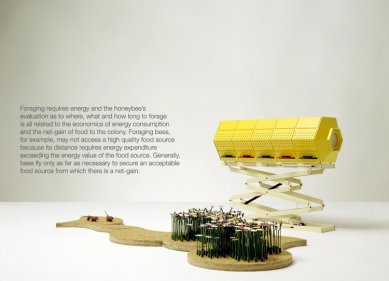
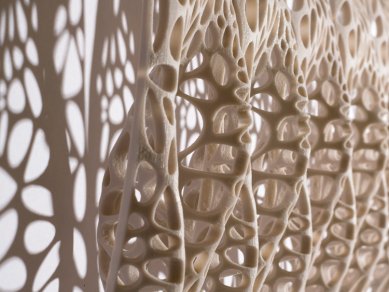
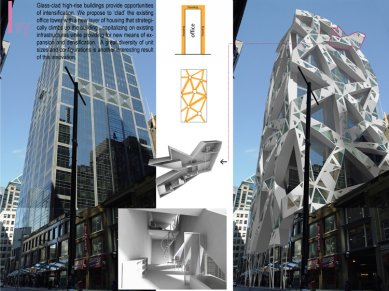
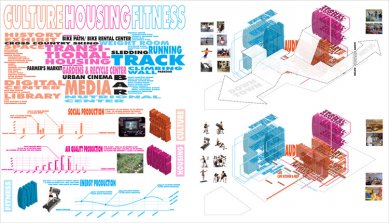
0 comments
add comment












